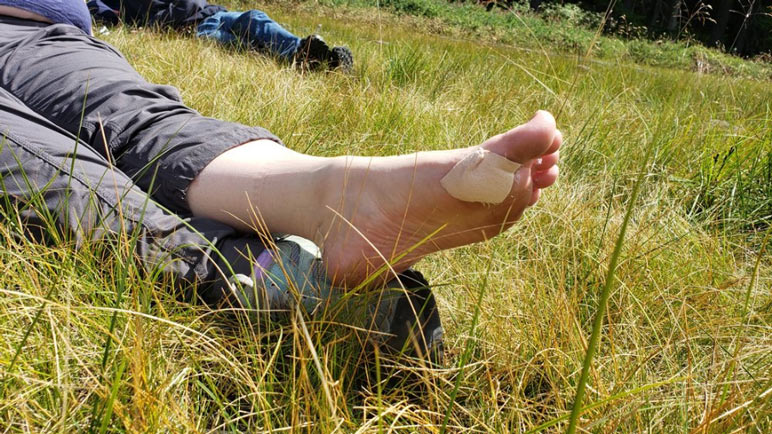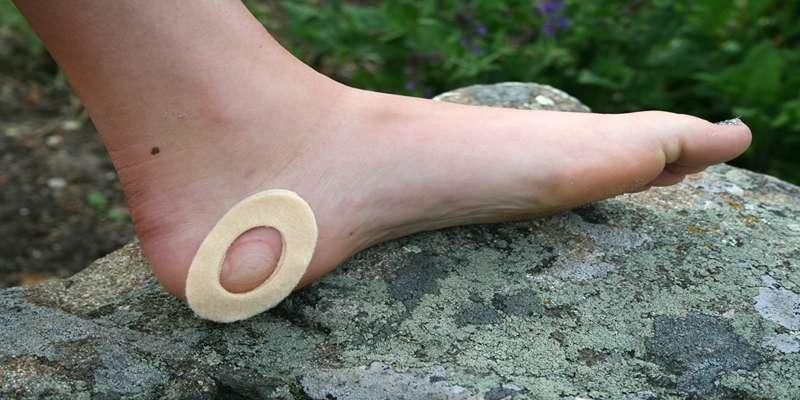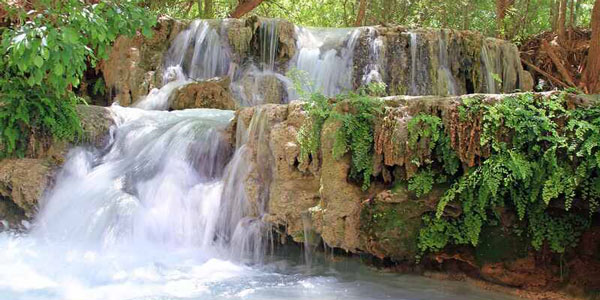Are you an avid hiker? Then you know the importance of properly caring for your feet – especially when trekking. Many hikers suffer from painful, uncomfortable blisters that can quickly ruin a hike.
While there's no surefire way to guarantee foot blister avoidance, there are plenty of proactive steps that you can take to help reduce the likelihood of getting them while out on the trail.
In this blog post, we'll share our best tips and tricks for preventing and treating these pesky blisters so you can enjoy every moment outdoors!
How do hiking blisters form?
Hiking blisters are caused by friction between your skin and the shoe or sock. This friction causes a pocket of fluid to form underneath the top layer of skin, which creates a painful, uncomfortable swelling. The area can become infected if not properly treated, so take appropriate steps to prevent and treat hiking blisters.
Checklist for hikers

Before you set out on your trek, it is important to ensure you have all the necessary supplies for preventing and treating foot blisters. Not only will this help prevent painful blisters from occurring, but it can also ensure that you can treat them if they occur.
- Start by wearing well-fitted shoes or boots. This is one of the most important steps for preventing blisters. Make sure that they are comfortable and not too tight or loose.
- Wear clean, dry socks with no holes. Cotton and wool socks are best as they help absorb moisture and reduce friction.
- Use foot powders or lubricants to reduce friction and moisture in your shoes.
- Take regular hiking breaks and change your socks if they become wet.
- Bring a first aid kit if you have blisters on the trek. This should include bandages, antiseptic ointment, and pain relief medication such as ibuprofen or aspirin.
Wearing the right hiking shoes and socks
One of the most important things to consider when preventing foot blisters is to wear the right hiking shoes and socks for your treks. Shoes that fit too loosely or too tightly can cause friction between your feet, which can cause blisters.
It's also important to pick a pair of socks that won't bunch up in your boots, as they can also cause friction. Additionally, be sure to choose a shoe and sock combination that is breathable and moisture-wicking, as this can help to reduce the chance of blisters forming due to sweat or humidity.
Blister prevention

Following additional tips and selecting the appropriate hiking boots are important to prevent hiking blisters.
Trim your toenails:
Keeping your toenails trimmed will reduce the chances of blisters forming around the nail bed. Remember that toenails should never be cut too short; long enough so they don’t press against the toe box of your hiking shoes, but not so long that they curl or snag.
Wear moisture-wicking socks:
It’s best to opt for moisture-wicking socks made from synthetic fibers such as nylon or polyester during warmer months. These materials absorb sweat and help keep your feet cool and dry on long hikes.
Pre-treat your feet:
Apply an antiperspirant or lubricating product around your toes, heels, and other common blister hotspots before hitting the trail. This will help create a barrier between your skin and your boots, reducing the chances of friction-related blisters.
Break in your shoes:
If you’re using new hiking boots on an upcoming trek, break them in beforehand with several short walks or hikes. This will give your feet time to adjust and reduce the chances of developing blisters.
How to treat a blister on your hike
If you develop a blister on your hike, taking the proper steps to treat it is important. Avoid popping the blister if possible, as it can lead to infection.
First, remove pressure from the area by padding the blister with a bandage or moleskin. You can also cover the blister with an antimicrobial ointment to prevent infection.
If the blister is large, pop it and drain the fluid. Use a sterile needle or blade to puncture the blister's edge and let the fluid escape slowly. Once drained, cover with a bandage or moleskin and then with an antimicrobial ointment.
It is important to keep the blister clean and dry to prevent infection. Change the dressing regularly and not apply direct heat, which may cause further irritation.
Should you pop a blister?
When it comes to foot blisters, many people are tempted to pop them. However, if you choose this route, you must do so properly. Ensure your hands are clean, and use a sterilized needle (ideally one heated over flame) to make a tiny puncture at the blister's edge.
Take care not to insert the needle too deeply into the blister. Then, carefully squeeze out the fluid inside and pat the area dry with a clean cloth. Remember to apply an antibiotic ointment and cover the blister with a bandage.
Tips to prevent foot blisters when trekking
The best way to deal with foot blisters is to take preventive measures, so you don’t get them in the first place. Here are a few tips that may help you prevent foot blisters while trekking:
- Wear well-fitting, comfortable, and breathable shoes.
- Choose ones with plenty of room for your toes and those that provide your feet with good support. Avoid wearing new shoes on a long trek, as the fit may change.
- Wear two pairs of socks – having an extra layer of fabric between your feet and the shoe can help reduce friction.
- Ensure your laces are tight enough, as this can cause friction on the top of your feet.
FAQs
How do you prevent blisters when trekking?
The best way to prevent blisters when trekking is to wear appropriate footwear and socks. Choose shoes that fit properly and are made of breathable, moisture-wicking materials.
Additionally, ensure you have socks that wick away moisture from your feet so the skin does not remain moist for too long. It’s also important to break in your shoes before trekking so that they fit better and are more comfortable on the trails.
How do you treat foot blisters when hiking?
If you get a blister while trekking, the best action is to drain it. Cleanse the area with mild soap and warm water, then carefully puncture the blister. Cover the area with a bandage or moleskin afterward to prevent further irritation and infection.
Why do I get blisters on my feet when hiking?
Blisters on your feet when hiking and trekking are caused by friction between the skin of your foot and your shoe or sock.
Friction can be created by several things, including ill-fitting shoes that rub against the foot in certain areas, socks that are too thick or not wicking away sweat enough from the skin, or pushing yourself beyond what you're used to on a hike.
It’s important to take the right precautions when hiking and trekking so that blisters don't become a problem.
Conclusion
This article was helpful in how to prevent and treat foot blisters when trekking. By taking the necessary precautions and having the right supplies, you can enjoy your trekking experience without worrying about blisters.
Ensure to properly care for injured feet and keep them clean and dry to prevent infection. If you get a blister, treat it as soon as possible with the right supplies so it won't worsen.
Most importantly, make sure that you are wearing the right shoes and socks for the trekking activity to avoid blisters in the first place!




